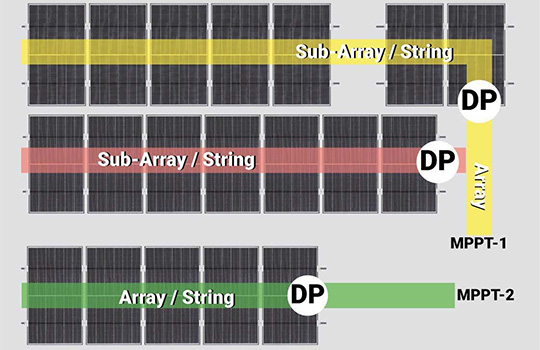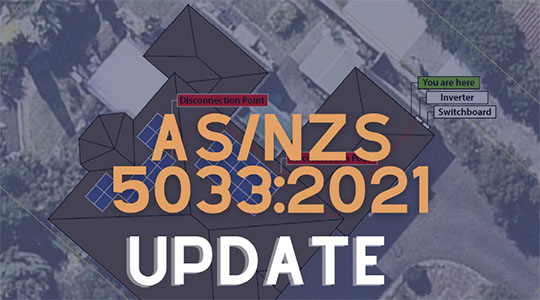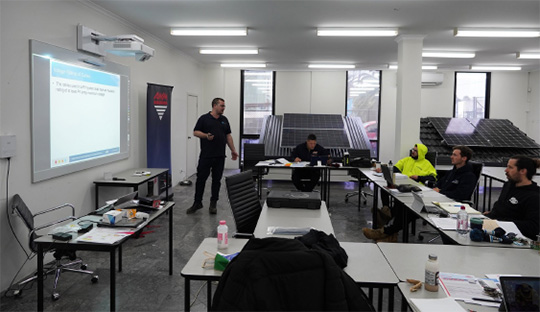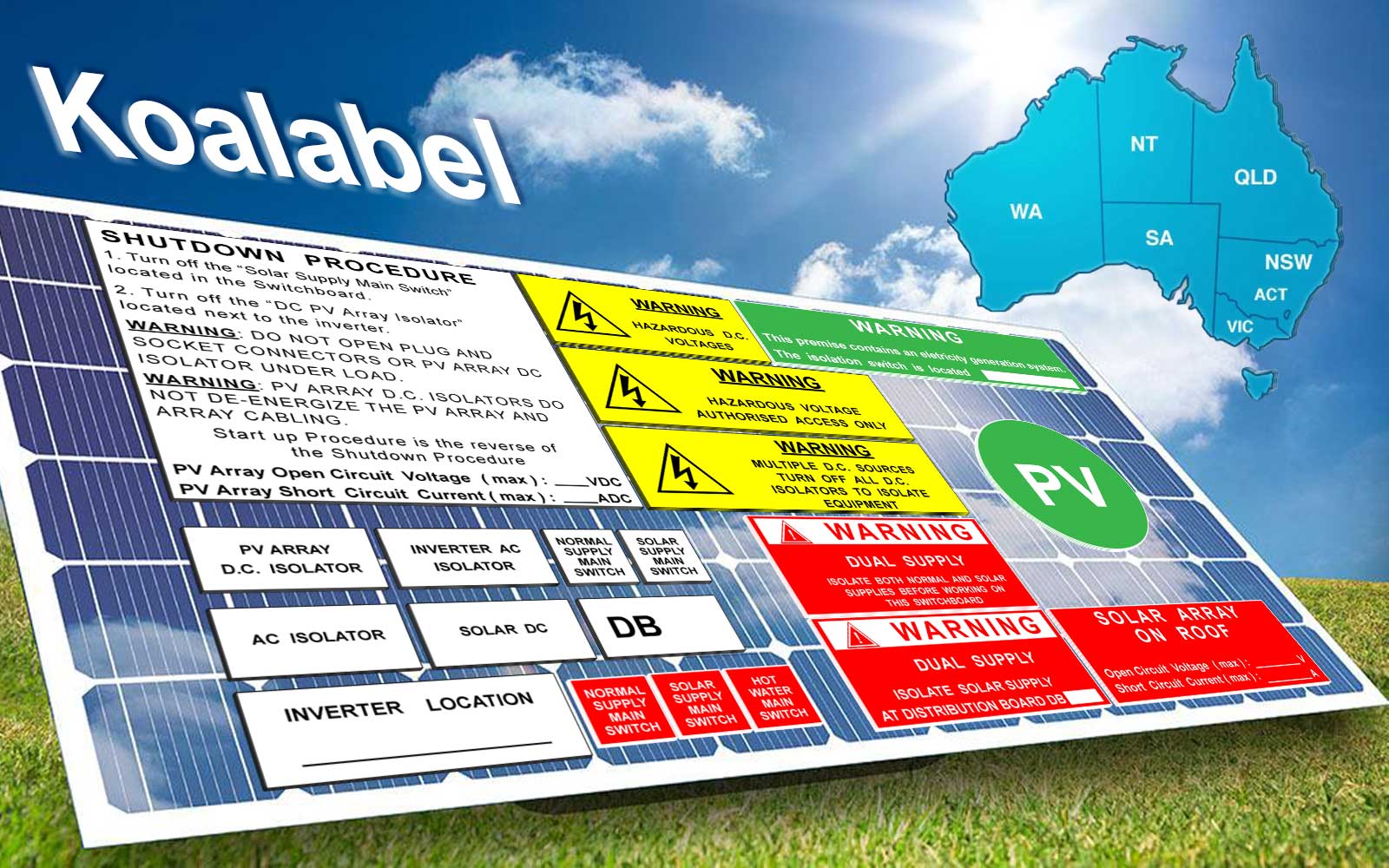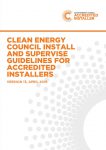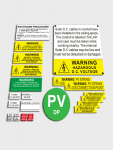A GUIDE TO THE NEW AS/NZS 5033 SOLAR STANDARDS
On Thursday, the 19th of May 2022, the new Solar Installation Standard (AS/NZS 5033:2021) became mandatory after a 6-month transition period. For your average bloke on the tools, interpreting Australian Standards is about as fun as a punch in the head. The new “Installation and safety requirements for photovoltaic (PV) arrays” a.k.a “5033” is more like a round in the octagon with Connor McGregor.
In this post, I summarise the major AS/NZS 5033:2021 changes and how we will apply them at MC Electrical. I explain the new rules that you need to follow if you want to get rid of the despised rooftop isolator. I explain drip loops and drain devices and explain why we prefer the drain device. I then outline how many disconnection points or Rooftop isolators you need in different situations – because it is ridiculously hard to work that out from a casual read of AS/NZS 5033. I also explain a pretty neat way to do a triple parallel.
At the end, I’ve given comprehensive signage and labeling requirements. I’ve included the signs required by 4777.1, so you have it all in one spot. You can also download our version of the site plan and our site plan sticker kit.
